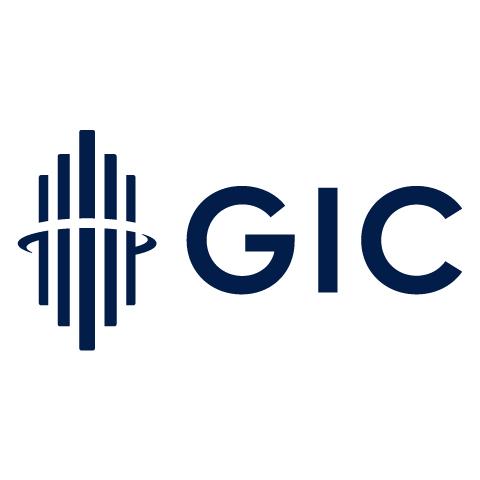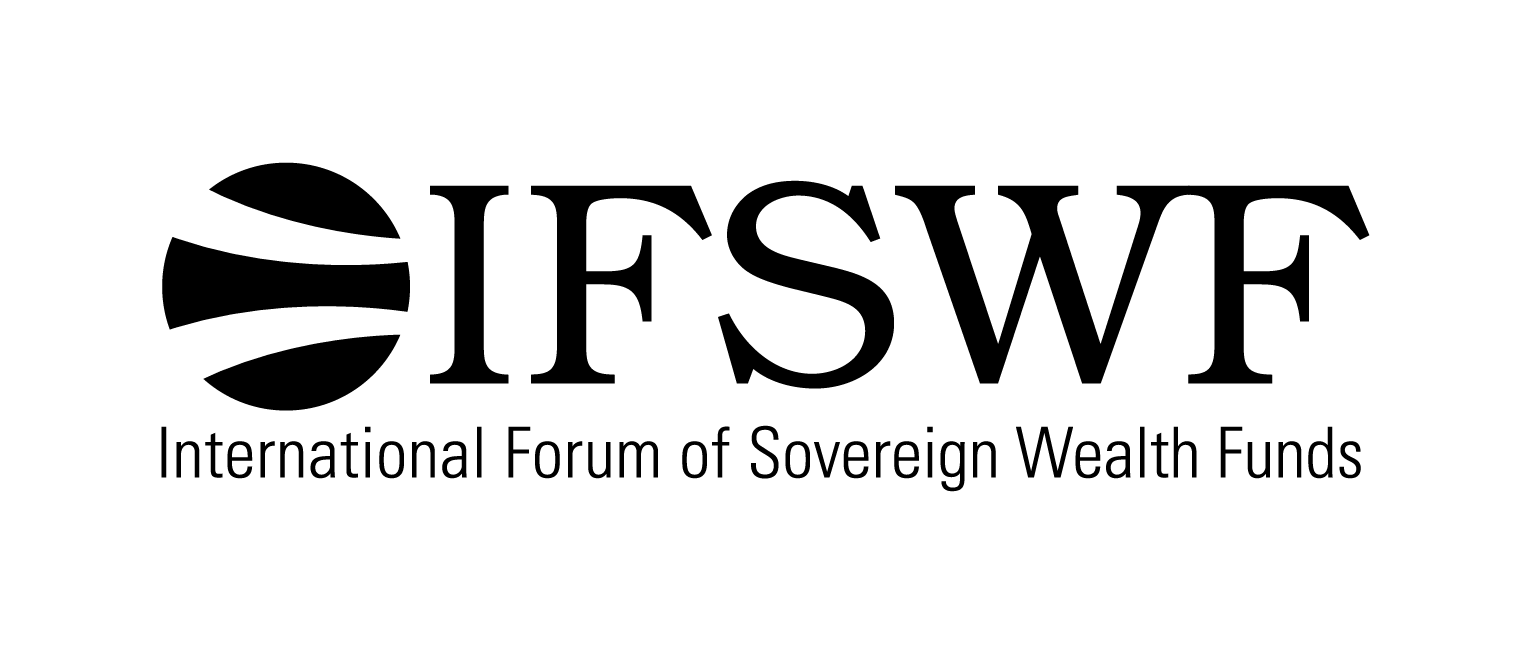
GIC Private Limited
Singapore

Incorporation
GIC was incorporated in 1981 under the Singapore Companies Act and is wholly owned by the Government of Singapore to manage Singapore’s reserves. The government is the owner of these reserves.
Source and purpose of funds
The sources of funds include proceeds from the issuance of Singapore Government Securities and Special Singapore Government Securities, Government budget surpluses and proceeds from the Government’s land sales. GIC’s mission is to achieve good long term returns to preserve and enhance the international purchasing power of these reserves. Under the Constitution, the Government is allowed to spend up to 50% of the long-term expected real return on the net assets managed by GIC and those owned by the Monetary Authority of Singapore and Temasek Holdings in its annual Budget. This contribution has allowed the Government to make further investments for the long term. These include supporting Singapore’s transformation into a vibrant and innovative economy, fostering a caring and cohesive society, and ensuring a fiscally sustainable and secure future.
Governance
The Government, represented by the Ministry of Finance (MOF), mandates GIC to manage all assets in a single pool, on an unencumbered basis and without regard to their source, with the objective of achieving good long-term real returns. The Government gives GIC an investment mandate that stipulates the terms of appointment, investment objectives, investment horizon, risk parameters and investment guidelines for managing the reserves. In particular, the overall risk preference of the funds managed by GIC is characterised by the Reference Portfolio.
The Government, represented by the Ministry of Finance, holds the GIC Board accountable for the overall portfolio performance. It does not direct or influence GIC’s decisions on individual investments.
GIC is additionally accountable to the President of Singapore, who is elected directly by Singaporeans and acts in his discretion and independently of the Government of Singapore. The President is empowered under the Constitution of Singapore to protect the past reserves of the nation. As a Fifth Schedule company, GIC is directly accountable in a number of key areas to the Singapore President. No one may be appointed to or removed from the GIC Board without his concurrence. This additional layer of control ensures that the company appoints only people of integrity who are competent and can be trusted to safeguard these assets.
The GIC Board is responsible for the GIC’s Policy Portfolio which determines the long-term asset allocation strategy and accounts for the bulk of the risk and return potential of the GIC Portfolio. GIC’s asset allocation operates within the risk constraints determined by the Government in its mandate to GIC and represented by the Reference Portfolio.
GIC management formulates and executes investment strategies. Once the long-term asset allocation strategy (as set out in its Policy Portfolio) is decided by the GIC Board, the management seeks to add value through an overlay of active, skill-based strategies (i.e. Active Portfolio). The management structure is relatively flat and comprises four committees with clear reporting lines and accountability.
Reporting and audit
GIC provides monthly and quarterly reports to the Government through the Accountant-General of Singapore. These reports list the financial transactions, as well as the holdings and bank account balances. The reports also provide detailed performance and risk analytics, as well as the distribution of the portfolio by asset class, country and currency. Once a year, the GIC Management formally meets the Minister for Finance and his officials to report on the risk and performance of the portfolio in the preceding financial year.
The Government portfolio, managed by GIC, is audited annually by the Auditor-General of Singapore. The Auditor-General, appointed by the President of Singapore, submits an annual report to the President and Parliament on his audit of the Government and other bodies managing public funds. In addition, GIC is audited by GIC’s internal audit. Other companies in the group and the investment holding companies are audited by public accounting firms.
Investment and risk management
GIC invests only for financial returns. Our starting point is when our client, the Singapore Government, sets its risk tolerance. GIC constructs the portfolio to generate good long-term returns while adhering to the risk tolerance of our client.
Our core investment groups underpin the investment organization at GIC: Public Equity, Fixed Income, Private Equity & Infrastructure, and Real Estate. In addition, our Integrated Strategies Group evaluates and invests in cross-asset investment opportunities. We separate active skill-based “alpha” strategies from beta activities at GIC to enable greater effectiveness and efficiency. Our focus for beta activities is to achieve cost and operational efficiencies. For alpha, our focus includes enhancing collaboration to tap GIC-wide expertise to access investment opportunities and execute major investments which are not straightforward in their construction.
We are open to investing in all countries outside of Singapore but do not invest in countries that are subject to United Nations Security Council sanctions. We exercise ownership rights in our investments to protect the financial interest of our client.
Identifying and managing risk is a core responsibility of all GIC staff. Each employee has individual accountability and clearly defined responsibilities within a risk management framework where checks and balances are in place. This ensures risks taken are appropriate and in-line with the risk tolerance set by the client. Underpinning the framework is a risk-conscious culture built on an ownership mindset and discipline in risk-taking.
GIC’s risk management objectives are to ensure:
- The investment strategies are consistent with the risk tolerance set by our client, the Singapore Government;
- Policies, guidelines and control processes are in place to reduce the likelihood of significant losses;
- Any reputational impact due to our actions is carefully managed;
- The risks associated with each investment are well-understood and that we are adequately compensated for taking those risks.
Detailed information on GIC’s governance framework, investment processes, asset mix, and long-term returns are available at www.gic.com.sg.
Contact Details
168 Robinson Road, #37-01 Capital Tower
068912
Singapore
